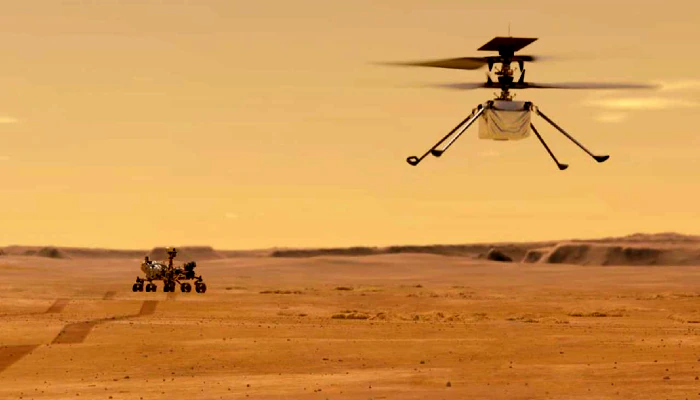
- Strong solar storms are coming towards the earth, mobile-GPS can have a big impact
The storm will hit the Earth on Monday, according to the Spaceweed website.
There is the hole in the sun. The solar storm is coming out towards the earth through that hole. The speed is about 16 lakh kilometers per hour. The storm will hit the Earth on Monday, according to the Spaceweed website. The storm is said to have originated from the Sun’s atmosphere.
According to SpaceWeather.com, solar storms can heat up the Earth’s atmosphere, which will have a direct effect on satellites. GPS navigation, mobile phone signal, radio signal can be disconnected. Satellite TV can be affected. The power system is most likely to be affected.
If this storm hits the earth, the satellite communication system may break down. Radio signals may be isolated. The impact on the Earth’s magnetic field can be huge. People living in the North and South Poles will be able to enjoy this storm at least a little bit. Due to the storm, beautiful light will be created in the sky. Residents of the area will see the aurora at night.
Scientists have said that it is unlikely that any effect will be read directly on the earth. In 1989, a solar storm hit the earth. As a result, there was no electricity for about nine hours in Canada. However, it is less likely that something big will happen. The earth’s magnetic field will protect the earth from this storm.
- NASA helicopter landed on Mars, how did it land? See picture

Helicopter sent by NASA to touch the ground of Mars before the scheduled time. NASA confirmed by posting the picture. The helicopter called ‘Ingenuity‘ was inside the abdomen of the rover Perseverance sent by NASA to Mars. This spacecraft has been sent to explore the unknown aspects of Mars. NASA’s Jet Propulsion Laboratory tweeted on Saturday that the NASA Perseverance Rover, which had traveled about 293 million miles (471 million km), had dropped ‘Ingenuity‘ 4 inches (10 cm) below its abdomen on Sunday.

This helicopter must be light weight to fly in the atmosphere of Mars. The heaters inside must also have energy to prevent mechanical disturbances in the night temperature of Mars.

Earlier, NASA scientists did not send their rotorcraft or drone helicopters to any planet other than Earth. If Ingenuity’s test mission is successful, NASA will send vehicles to other planets tomorrow as well.
